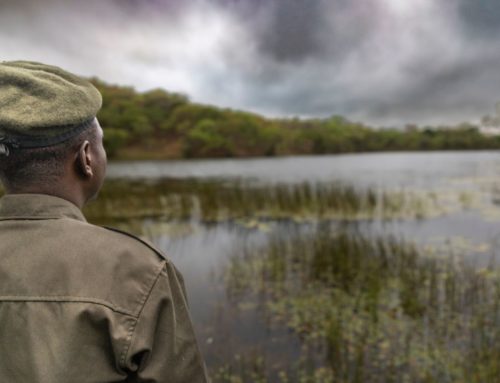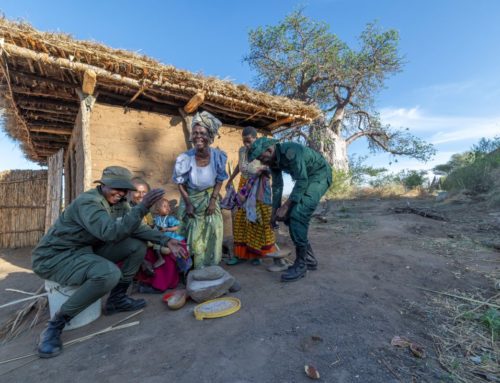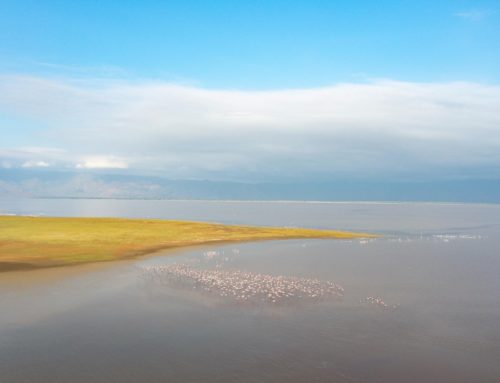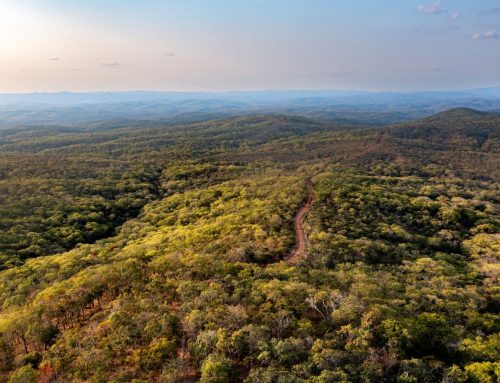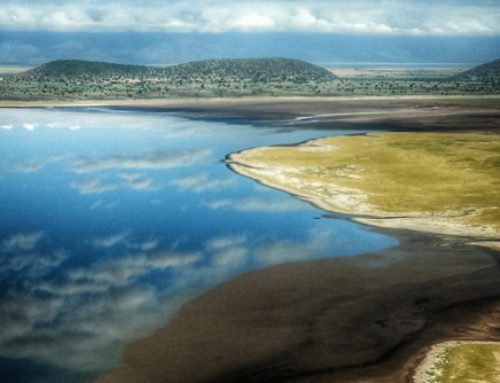Let’s talk vector, raster, polygons, and Universal Transverse Mercator projections, which are named, of course, after the 16th-century Flemish cartographer, Gerardus Mercator.
Now we are speaking the language of Geographic Information Systems (GIS), a lingua franca that has become absolutely essential in conservation and countless other fields in the 21st century.
At Honeyguide Foundation, we have recruited a new generation of monitoring and evaluation, aka M&E, specialists, who, every single day, help inform our tactics and strategies.
Lasima Nzao, a recent graduate of the Sokoine University of Agriculture, has stood in the heart of our own organizational evolution. Lasima not only speaks the language and practices the art of GIS, he has also quickly become proficient in a significant number of other monitoring techniques and software programs, such as Open Data Kit (ODK) and Spatial Monitoring & Reporting Tool (SMART).
In order to vastly improve our operations, Honeyguide recently established its own Monitoring & Evaluation Unit, with Lasima as our M&E Coordinator.
“I am always thrilled to test new innovative software and technology,” said Lasima. “In conservation, this technology has played such an important role.”
Lasima recently finished a series of five GIS courses at the regional ESRI headquarters in Nairobi, as sponsored by Honeyguide’s partner, the Africa Conservation Centre (ACC).
“I thank ACC for the wonderful opportunity,” he said. “In this field, you have to constantly be learning and adapting. I only hope to always expand my education in GIS and other tools.”
Now 27, Lasima graduated at Sokoine in the same class as Honeyguide’s Tarangire-Manyara Ecosystem Coordinator, Fadhili Madava. (At Honeyguide, we have something of a rivalry between graduates of Sokoine and those of the Mweka College of African Wildlife Management.)
An avid reader and constant student, Lasima regularly consults with a number of elder M&E and GIS professionals, such as GIS ace, Langen Mallya, conservation guru, Howard Fredrick, and The Nature Conservancy’s Alphonce Mallya. Honeyguide has also partnered with Cornell University to support its M&E initiatives.
At Honeyguide, Lasima and company see M&E methods and technologies as being new tools to be used alongside the traditional techniques in conservation biology, community-based methodologies, and classic field tactics, strategies, and intelligence. For example, playing just as critical of a role as ESRI in Nairobi, there are places like the Lale’enok Resource Centre in Kenya’s South Rift Valley, where they are pioneering new community-based monitoring methods.
It’s easy to become swept up in the fervor of technology as the answer to all conservation’s problems, or any problems for that matter, in a time when everybody and their second cousin wants to test out a conservation drone.
Fortunately, Honeyguide learns just as much, if not more, from the community wildlife rangers and village game scouts we support in the field as we do from any other source. As another example, the Maasai ancient trans-humant grazing systems can still inform us today just as much as can a computer lab full of geeks cracking numbers. Rather than being contradictory, such sources of information can be complementary.
“It’s exciting to be in northern Tanzania because of all the work in conservation going on,” said Lasima. “It inspires a lot of innovation.”



